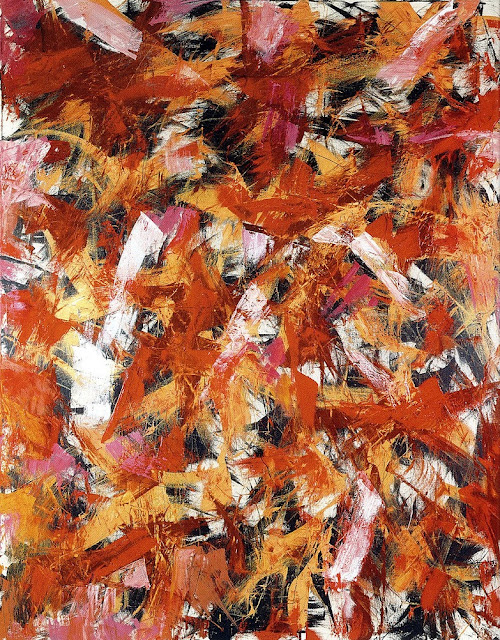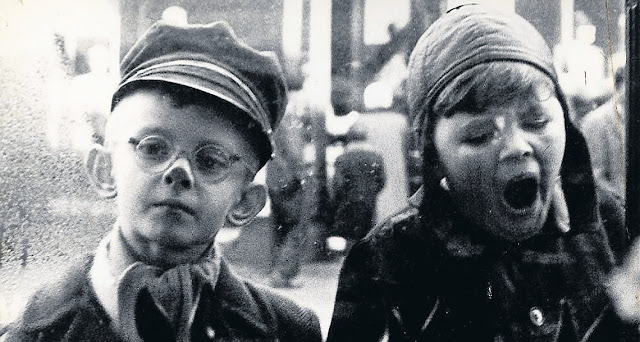Robert Klippel (19 June 1920 – 19 June 2001) was an Australian constructivist sculptor and teacher. He is often described in contemporary art literature as Australia's greatest sculptor. Throughout his career he produced some 1,300 pieces of sculpture and approximately 5,000 drawings.
Klippel's work commonly utilized an extraordinary diversity of junk materials: wood, stone, plastic toy kits, wooden pattern parts, typewriter machinery, industrial piping and machine parts, as well as bronze, silver, oils, photography, collage and paper. He is also notable for the great diversity of scale of his work, from intricate whimsical structures in metal to the large wooden assemblages of the 1980s. His mature work was usually untitled, being distinguished by simple number sequences.



While in London, he met other expatriate Australians including the surrealist painter James Gleeson. The two collaborated on several works, including Madame Sophie Sesostoris (1947–48), a Pre-Raphaelite satire, combining Klippel's sculpture with Gleeson's painting. For a time, Klippel embraced the surrealist ethic, exhibiting at a major surrealist show and meeting André Breton.
During his time in London, he began a series of drawings and filled his notebooks with analytical diagrams of organic and mechanical objects, everything from screws and cogs to insects and shells, and making detailed drawings of the anthropomorphic forms used by artists such as Henry Moore and Pablo Picasso. Whereas Moore had related the human figure to the forms of nature, Klippel set out to relate the forms of nature to the shapes and forms of machinery in an industrial society. He made the statement that he wished "to seek the inter-relationship between the cogwheel and the bud."




By the time Klippel returned to Sydney in 1950, he was committed to construction as a method and was producing totally abstract sculptures. His work was received with little enthusiasm in Australia at first, with his first sculptural work was not selling in his country until 1956. Forced to work full-time, his production dropped to a mere 18 pieces between 1950 and 1957.
By the 1950s Klippel had grown apart from the surrealists and in New York he was invigorated by the rise of abstract expressionism and the New York School. He moved away increasingly from traditional sculpture and produced his first junk assemblages in 1960. He began incorporating machine parts, pieces of wood and industrial piping into his works.In 1964, art critic Robert Hughes called Klippel "one of the few Australian sculptors worthy of international attention". The statement cemented his international reputation, but he struggled to win acceptance in his own country.[4] During the 1970s and '80s, when the traditional distinctions between sculpture and architecture, design, photography, performance and painting were frequently presented as obsolete, Klippel remained committed to the idea of sculpture as abstract, as occupying sculptural space, and as sustaining in ways beyond literary or narrative function.
Klippel's last decades were extremely prolific. In the 1980s he completed a major series of small bronzes, as well as a large number of monumental wooden assemblages, made from the pattern-parts of early twentieth century maritime machinery. Working with wood, metals, plastics, junk, machinery parts, oils, watercolours and paper, and utilising the techniques of casting, assemblage, painting and collage, he had completed over 1,200 sculptures by the end of the 1990s.Wikipedia
























































